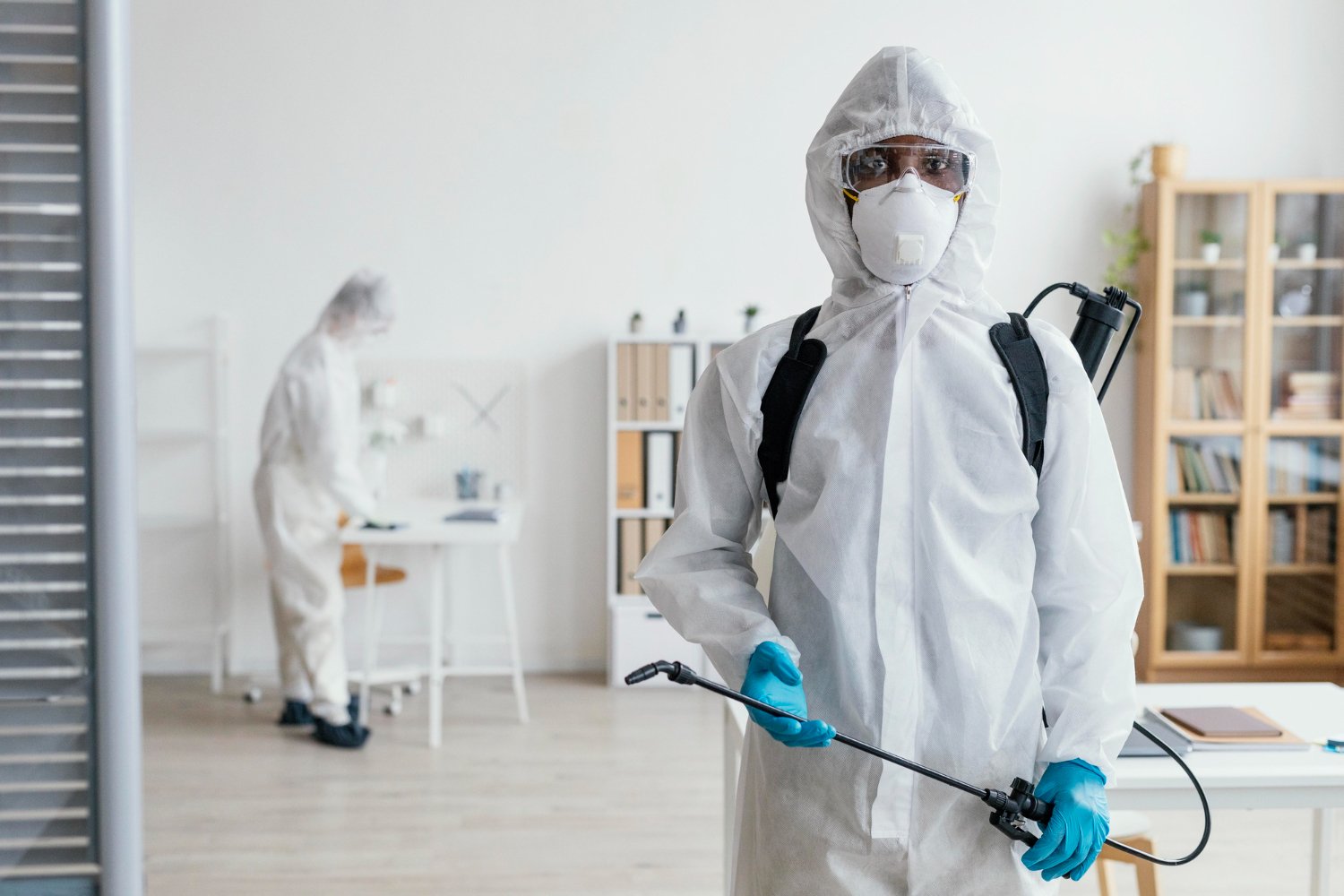Effective A1 Bed Bug Treatment in Charlotte - Safe and Proven Approaches
Effective A1 Bed Bug Treatment in Charlotte - Safe and Proven Approaches
Blog Article
Bed Bug Therapy Breakdown: Comparing Chemical Vs. Non-Chemical Solutions
In the world of bug control, especially when managing the persistent issue of bed insects, the choice between chemical and non-chemical therapy remedies can be a pivotal one. Both methods provide unique benefits and drawbacks, influencing factors such as efficiency, safety and security factors to consider, and total price. By analyzing the nuanced details of each method, a clearer understanding of which course to pursue in resolving a bed insect infestation can be obtained.
Efficiency of Chemical Therapies
Chemical treatments for bed insect problems have been widely recognized for their powerful and quick efficiency in removing these bugs. When considering the effectiveness of chemical therapies, it is essential to comprehend that they can supply a fast and comprehensive remedy to a bed bug issue. Expert pest control operators commonly rely on pesticides to target bed bugs at different phases of their life cycle, consisting of nymphs, eggs, and grownups. These chemicals generally function by disrupting the bed pests' nerve system, causing paralysis and eventual death.
Moreover, chemical treatments have the advantage of supplying recurring effects, implying that they can continue to get rid of bed bugs also after the initial application. This residual action is specifically helpful in combating any prospective re-infestations. In addition, the rapid activity of chemical treatments can bring relief to individuals encountering extreme bed pest problems, allowing them to gain back control of their living spaces quickly.
Safety Worry About Chemical Solutions
When utilizing chemical remedies for bed bug therapy is ensuring the security of passengers and the environment,One essential aspect that needs cautious factor to consider. While chemical treatments can be reliable in eradicating bed pests, they might pose risks otherwise managed properly. One of the main safety and security interest in chemical options is the possible harm they can trigger to human health. Direct exposure to particular chemicals utilized in bed pest therapies can bring about respiratory concerns, skin irritation, or various other negative responses, specifically in people with pre-existing problems or sensitivities. Additionally, improper application or dosage of chemical pesticides can result in hazardous deposits lingering in the cured area, posing long-term health dangers to owners.
Moreover, the ecological effect of chemical services is an additional significant factor to consider. Some pesticides utilized in bed insect therapies may be dangerous to beneficial bugs, wildlife, and communities if they seep right into the dirt or water supply. It is necessary to use chemical therapies sensibly, following safety standards, and considering much less toxic choices to alleviate these threats and ensure the reliable and risk-free management of bed bug invasions.
Advantages of Non-Chemical Techniques
Taking into consideration the potential safety issues and ecological effect connected with chemical services for bed pest treatment, exploring non-chemical techniques offers a promising choice with several distinctive advantages. Non-chemical methods provide a more secure alternative for families, particularly those with youngsters, individuals, or pet dogs sensitive to rough chemicals. These techniques remove the threats of direct exposure to hazardous materials, reducing the potential for damaging health and wellness effects. Furthermore, non-chemical treatments are eco pleasant, as they do not add to air or water contamination, making them a lasting selection for pest control.
Additionally, non-chemical remedies can be efficient in targeting bed insects, including hard-to-reach locations where chemical therapies may not permeate - A1 exterminators charlotte nc. Approaches such as heat treatment, vacuuming, heavy steam cleaning, and mattress coverings supply detailed removal without the use of hazardous chemicals.
Limitations of Non-Chemical Treatments

In addition, non-chemical therapies frequently need numerous applications to attain successful removal. This can be time-consuming and might not always assure total removal of all bed insects and their eggs, especially in concealed or hard-to-reach locations.
Additionally, the success of non-chemical treatments heavily counts on appropriate execution and thoroughness, which can be testing for people without professional competence. Poor application of non-chemical methods may lead to insufficient this article elimination, causing persistent invasions and the demand for extra therapies.
For that reason, while non-chemical therapies have their advantages, it is necessary to recognize these constraints and consider them when establishing the most reliable strategy for managing bed insect invasions.
Expense Contrast: Chemical Vs. Non-Chemical Options
Given the limitations connected with non-chemical therapies, an important aspect to evaluate in the context of bed bug administration is the price comparison in between chemical and non-chemical choices. In contrast, non-chemical treatments like heat therapy or vapor can be more costly, with expenses ranging from $1,000 to $6,000 for an entire home. While the first expense of chemical therapies might seem lower, several treatments may be required to totally get rid of the invasion, possibly boosting the general cost.
Conclusion

Taking into consideration the possible safety and security worries and ecological influence linked with chemical services for bed pest treatment, exploring non-chemical techniques presents a promising choice with numerous distinctive advantages.Offered the restrictions linked with non-chemical therapies, a crucial element to assess in the context of bed pest administration is the price contrast between chemical and non-chemical choices. In comparison, non-chemical therapies like warm treatment or heavy steam can be extra pricey, with prices varying from $1,000 to $6,000 for an entire home. While the first cost of chemical treatments may seem reduced, multiple therapies might be needed to fully remove the invasion, potentially increasing the total price.In verdict, when contrasting chemical and non-chemical bed pest therapy alternatives, it is crucial to consider efficiency, safety and security, benefits, constraints, and cost.
Report this page